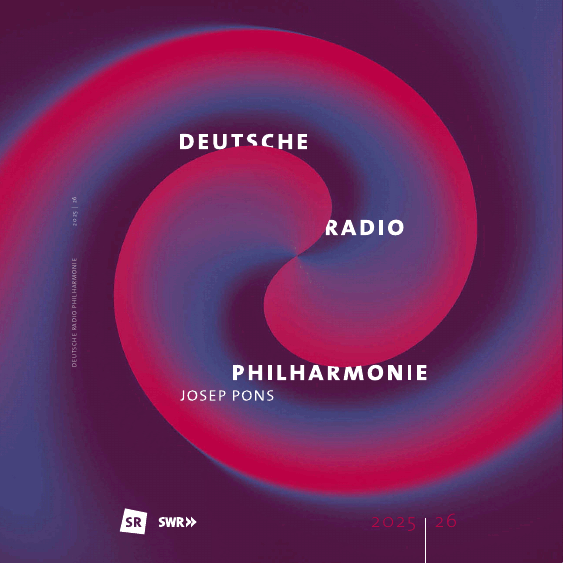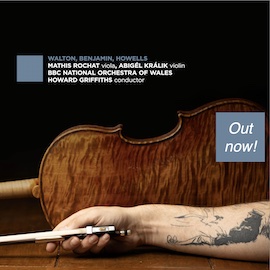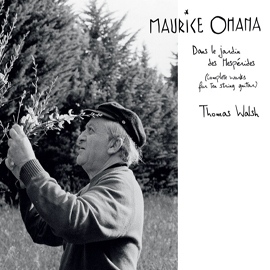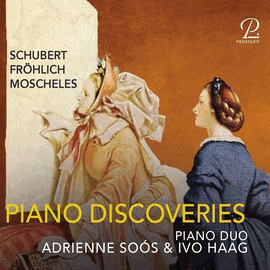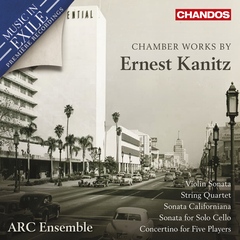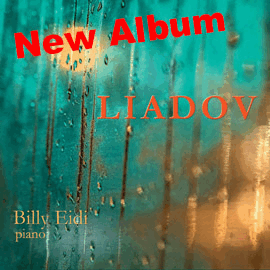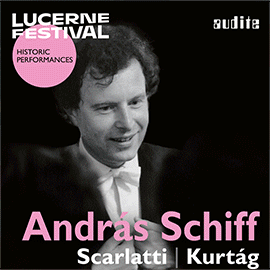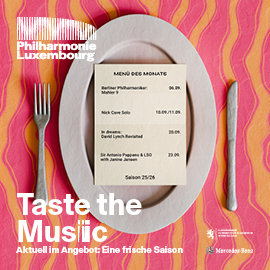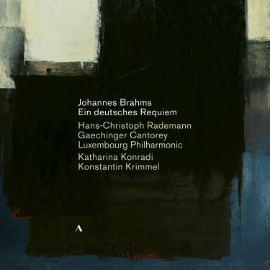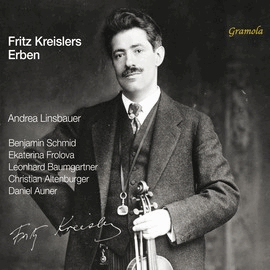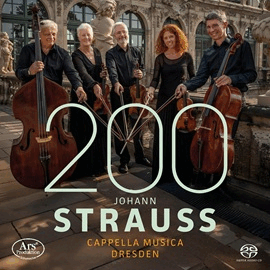Ernest Kanitz’ Leben (1894-1978) war geprägt von vielen tragischen Schicksalen: der Krebstod des Vaters, der Selbstmord der Mutter sowie die antisemitischen Anfeindungen unter den Nazis, die ihn zum Exil in die Vereinigten Staaten drängten. Obwohl Kanitz dort beruflich Fuß fasste, suchte ihn ein weiterer persönlicher Schicksalsschlag heim: der frühe Tod seiner Frau Gertrud.
Es kann nicht überraschen, dass all diese Ereignisse auch Kanitz’ Musik tief prägten. In sämtlichen Werken dieser packenden Produktion spürt man die tiefe Trauer, die tiefen seelischen Einschnitte.
Alle Interpreten haben Kanitz’ dichte, expressive Klangsprache verinnerlicht und setzen sie ausdrucksstark, tief emotional um. Etwa in der stimmungsreichen Violin-Sonate, die von starker innerer Spannung sowie einem intensiven Gefühl der Zerrissenheit lebt.
Die einleitende Elegie des D-Dur-Quartetts steckt voller Emotionen: ein trauriges Wiegenlied, dem später eine charmante Wiener Volksmelodie entgegengestellt wird – ein Zeichen von Nostalgie und schmerzlichem Heimweh.
Die späten Sonata California und Concertino für fünf Instrumente erklingen in diesem programmatischen Umfeld dann eher wie Zeichen wiedergefundener Sicherheit. Kanitz ist in seiner neuen Welt angekommen, trägt noch die Last der Vergangenheit, hat aber auch eine neue Selbstvergewisserung gefunden. Dementsprechend leicht, feinfühlig – in der Fuge geradezu neckisch und verspielt – erklingt das Concertino, indes die Saxophon-Sonate mit schönem Drive, Vitalität und Impulsivität aufwartet.
Insgesamt bietet dieses Album ein spannendes musikalisches Kurzporträt, Ersteinspielungen von Werken eines Komponisten, der offenbar noch zu entdecken bleibt.
Ernest Kanitz’s life (1894-1978) was marked by many tragic events: his father’s death from cancer, his mother’s suicide and the anti-Semitic hostility under the Nazis, which forced him into exile in the United States. Although Kanitz gained a professional foothold there, he was struck by another personal blow: the early death of his wife Gertrud.
Unsurprisingly, all these events also had a profound effect on Kanitz’s music. In all the works of this gripping production, one can sense the deep grief, the profound emotional incisions.
All the performers have interiorized Kanitz’s dense, expressive tonal language and translate it expressively and deeply emotionally. For example, in the atmospheric violin sonata, which thrives on strong inner tension and an intense feeling of inner turmoil.
The introductory Elegy of the D major quartet is full of emotion, a sad lullaby, which is later contrasted with a charming Viennese folk melody – a sign of nostalgia and painful homesickness.
In this programmatic environment, the late Sonata California and Concertino for five instruments sound more like signs of rediscovered security. Kanitz has arrived in his new world, still carrying the burden of the past, but has also found a new self-assurance. Accordingly, the Concertino sounds light and delicate – in the fugue almost teasing and playful – while the Saxophone Sonata offers a beautiful drive, vitality and impulsiveness.
Overall, this album provides an exciting, concise musical portrait and the first recordings of works by a composer who is clearly yet to be discovered.



